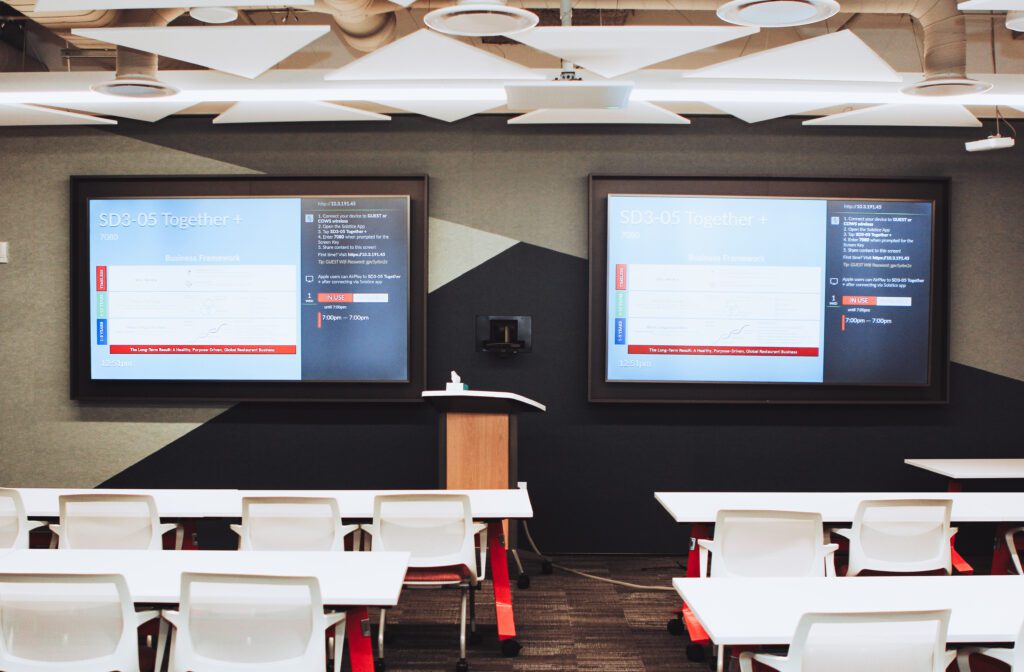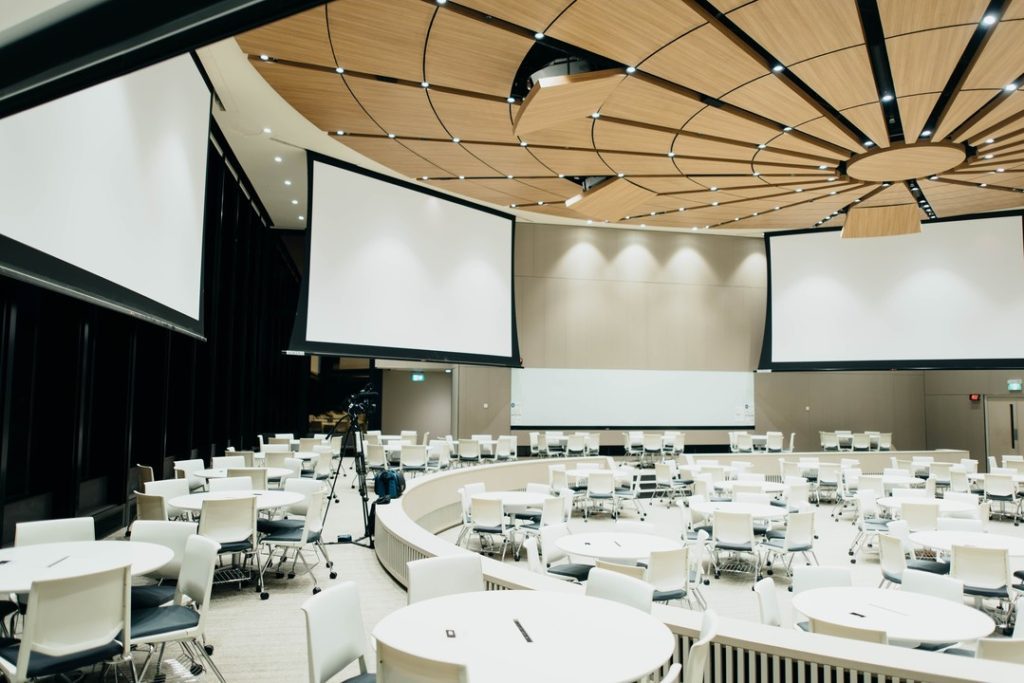Have you heard of the hottest new race? No, we don’t mean cars or horses — It’s the one between software and hardware. This dynamic relationship is not just about speed; it’s also about adaptability, innovation, and (perhaps most importantly for the AV industry), integration.
As professionals in the field, understanding the strengths and weaknesses of each is crucial, not only for staying in the know on current trends but also for anticipating future developments.
In this article, we’ll delve into the nuances of each: examining how the pace of evolution between software and hardware impacts the AV industry, and what it means for professionals and clients alike.
The Evolutionary Pace
Software development in the AV sector has shown remarkable agility, as the advent of sophisticated programming continually allows for rapid iterations and enhancements. Software solutions can now offer advanced features like AI-driven content analysis, real-time collaboration tools, and cloud-based services, providing users with flexibility and scalability that were unimaginable just a few years ago.
The iterative nature of software development allows it to adapt quickly to new demands and integrate emerging technologies. This adaptability is crucial in an industry where client needs and technological possibilities are constantly evolving.
In contrast, hardware evolves at a steadier pace. The physical nature of hardware development—designing, prototyping, testing, and manufacturing—necessitates longer development cycles. However, when hardware innovations do arrive, they can be truly transformative.
Recent advancements in hardware, like the development of ultra-high-definition displays, immersive audio systems, and advanced connectivity options, have drastically enhanced the quality and possibilities of AV experiences. These hardware innovations often set new benchmarks for what is possible, pushing software developers to harness these new capabilities.
Interplay and Integration
It’s essential to recognize the interdependence between software and hardware: the most cutting-edge software can only function within the limits of existing hardware. Conversely, advanced hardware requires sophisticated software to unlock its full potential.
This symbiosis is evident in how new hardware can spur software innovation. For instance, the introduction of more powerful processors and graphics units has enabled software developers to create more complex and resource-intensive applications. Conversely, emerging software demands can drive hardware innovation, as seen in the development of specialized AV equipment to handle increasing data and processing needs.
Implications for AV Professionals and Clients
Professionals need to be agile, continuously learning and adapting to harness the potential of new software and hardware synergies. Staying informed about both software and hardware trends is essential when making educated decisions about AV solutions. It’s not just about keeping up with the latest technologies but understanding how these advancements can be integrated into cohesive solutions that meet client needs.
Clients look to AV partners not just for technical expertise, but for guidance on how these technologies can achieve their objectives. As professionals, part of our role is to educate clients on the benefits and limitations of current technologies, helping them make informed decisions that align with their strategic goals.
The race between software and hardware in the AV industry is not a zero-sum game. It’s a dynamic interplay where each drives the other forward. Success lies in understanding and anticipating the twists and turns and leveraging the strengths of both software and hardware to create innovative, effective, and future-ready AV solutions. As we continue to navigate this landscape, our focus should always be on how these technologies can work together to create experiences that captivate, engage, and inspire.



